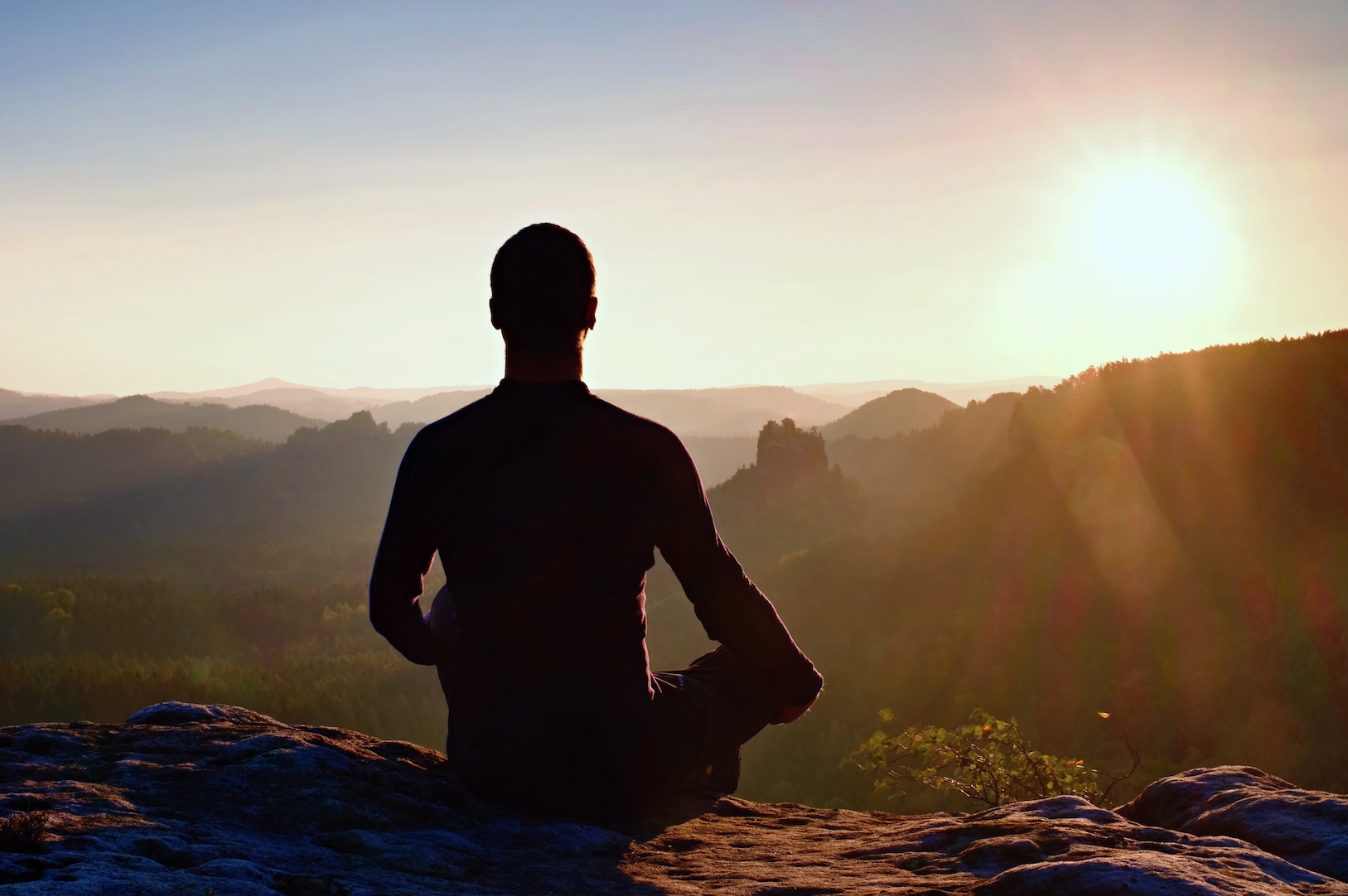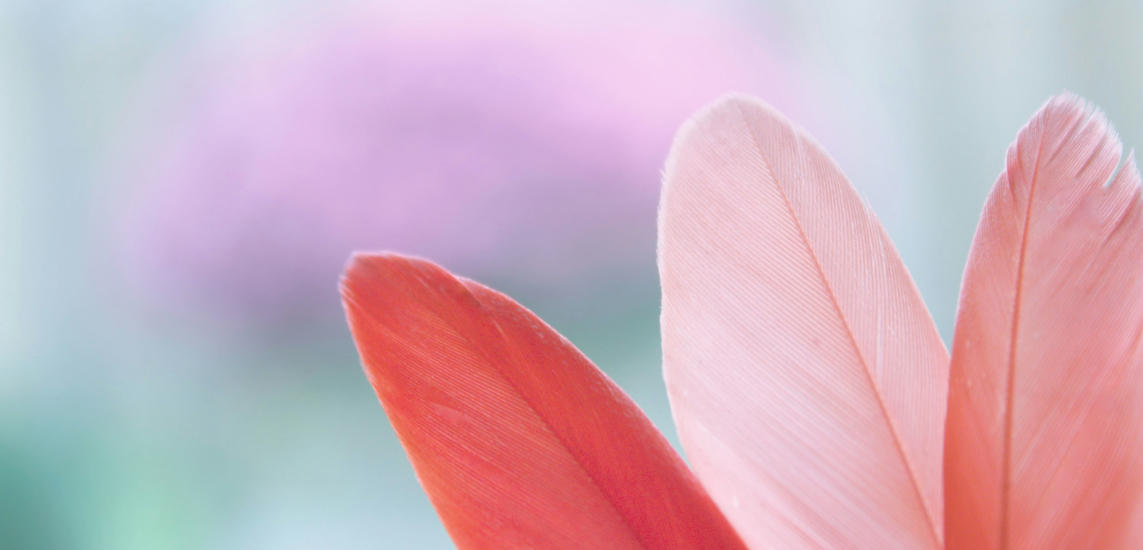Western culture has been integrating meditation practices largely because of the decision to first target the sore spots of modernity – teaching individuals the methods to quiet the mind and diminish stress and distress.
These are the specific and limited goals of what I call “Meditation 1.0”— the first aim of meditation practice.
“Meditation 1.0” is self-improvement. The self that is being improved is the ego self. “Meditation 1.0” enhances the quality and capacity of the ego “I.” Its aim is to create a healthy human life, and that is important. But it cannot go beyond. It cannot transform the fundamental character of our lives. Self-improvement neither addresses nor frees us from the limitations and vulnerabilities of the ordinary mind and ego. We can gain a healthier life, but it is subject to repetitive loss and suffering.
You might want to listen to this staff picked, calming music track while reading:
- Lighthouse with Guitar & Cello The Light Meeting 6:27
The Difference Between The Ego Self And The Essential Self
The ordinary day-to-day ego self is quite different than our authentic essential self.
The “I” Self
The “I” self is our usual self-image. It is an acquired collection of memories, identities, established ways of perceiving, fixed beliefs, and repetitive patterns of reaction. It is shaped by experience. It is limited, contracted, ruminates on the past, and projects into the future. It is the source of afflictive emotions that are rooted in the past – fear, anxiety, guilt, shame, doubt, and so on.
This person/self lives in time and expresses itself as thoughts, feelings, mental images, and shifting identities. We are trapped within its limited world. However, we do not know that we are trapped.
Please don’t take this to mean that the ordinary self is incapable of great achievements in its efforts at self-improvement, altruism, or its noble aim of creating a better world. However, the usual “I,” regardless of its achievements, cannot alleviate the fundamental sources of human suffering, its expression in global disorder, or its role in creating planetary degradation. For this, we must move beyond our ordinary self and its limitations, even the improved ordinary self. We must re-discover, remember, and live from our authentic and essential self.
The Natural Essential Self
Do you remember a time when you were fully immersed in nature and your usual sense of self was suspended? Do you remember a time when the experience of great beauty, music, dance, or extremes of exercise calmed your mind and a sense of ease and peace permeated your being? The ordinary self, time, and thought are suspended and the mind is clear, at rest, and open?
Each of these experiences is a momentary and unstable glimpse of the natural mind, the natural self. But these are only glimpses.
In each case, the mind is temporarily emptied of its usual self – thoughts, feelings, judgments, and identities, sense of time, and the usual thinking process. One is just present — without commentary, in the “empty” moment as it is.
What remains is a state of simple awareness, openness, clarity, ease, and serenity. This natural presence is impervious to fear, anxiety, or negative emotions, which can only arise in the field of our ordinary self and its relationship to the past and future.
The essential self is absent the memories, beliefs, and habits of the usual “I” and ordinary self-image. It’s a simple and natural moment-to-moment awareness observing what is without adding anything to it – names, labels, ideas, and so on. It has no content. That is the Self we came into the world with – a simple presence and beingness, observing, appreciating, and cleanly experiencing each moment and letting it go as the moment arises.
That is the Self we briefly glimpse when our ordinary self is suspended. The next time you get a glimpse, rest in it, experience it – you now know what you are experiencing, your essential self.
Meditating Beyond The Ego Self
Many of us have studied the methods of “Meditation 1.0” – calming the mind, mindfulness, and resting in stillness – both in formal practice and day-to-day life. This can lead to self-improvement and a healthier life. That is without question a significant life achievement.
However, we can spend decades using these practices and methods and neither gain mental stability nor awaken to our deeper self and its qualities of human flourishing.
So, it is appropriate to inquire about the methods or approaches related to moving beyond the ordinary self towards the authentic self.
Many methods or circumstances briefly silence the ordinary mind with its thoughts, feelings, and images. They offer a glimpse of your natural self. These include:
- breath holding,
- the fleeting mental emptiness that follows a hearty cough,
- the shock of a loud sound,
- extremes of exercise,
- immersion in nature,
- the peak of orgasm or
- unexpected experiences that for a moment shock and stop the ordinary mind.
If you are aware of these moments, when they occur, rest in them and experience a brief glimpse of the emptiness, openness, and stillness of your essential self.
To stabilize these experiences and unfold the qualities of human flourishing, we must take on the second aim of meditation: realization of our natural state of being.
Moving Towards The Natural Self
Stabilizing a glimpse of your essential nature requires more than temporarily stopping the ordinary mind. Living full time from your natural self arises through understanding
- the two aspects of self,
- cultivating the ability to maintain attention on awareness rather than on the objects of awareness,
- the capacity and willingness to diminish the influence of our acquired personal identity (who you think you are,) and
- the ability, born of familiarization, to rest unmoved in a simple, direct, and unconditioned awareness.
The understanding I have spoken about is knowing the distinction between the ordinary self and the essential self, conditioned knowledge shaped by the past and spontaneous direct knowing, the contracted self, and the expanded divine self. These progressive understandings are achieved through direct inquiry into the workings of one’s mind.
The still mind is a laboratory ripe for exploration and understanding. Understanding through observation and inquiry leads to the next aspect of practice — cultivating and stabilizing the capacity to shift one’s attention away from the object of experience (material phenomena or mental movements) to awareness itself.
Letting Go Of An Object Of Attention
Your attention shifts from a mental grasping to the object to the subject of attention – to the moment-to-moment awareness. This is a movement away from the seductive content of the personal “I” to the impersonal awareness that perceives and observes all experience.
We progressively remove our attention from all that is not our essential self (identities, thoughts, emotions, judgments, past, future, and so on) until we naturally arrive at an “empty mind”. This does not mean that mental appearances cease to arise in the mind, but rather that the mind is still because our lack of attention to mental activity allows them to rapidly dissolve.
Meditate with Elliott: Practice with these meditations led by Elliott Dacher:
- Cutting Through To The Authentic Self: A Lifetime Practice Elliott Dacher, M.D. 14:23
- Stillness, Well Being, And Beyond Elliott Dacher, M.D. 14:19
- Calm The Mind In Minutes Without Mental Effort Elliott Dacher 12:56
- Happiness Without A Reason Elliott Dacher 15:48
Experience Life As A Natural Flow
Resting in this still, clear, empty, naked awareness, for the first time we know experience as it is – unfiltered, unconditioned by the past, and unaltered by mental commentary.
Living from this radical presence may at first seem tenuous and strange, as we have long ago abandoned our true self. It may also be difficult because our ordinary “I” has no interest in giving up its authority over our lives. So it will do all it can to resist our return home, dragging us back again and again to ordinary experience.
The sequence in formal meditation practice is quieting the mind, emptying all that is not our essential self, cultivating an open and unconditioned awareness, resting and experiencing the peace, wisdom, and freedom of our essential self – no history, no stuff, no drama – just what is as is in the now.
At this stage, we are no longing doing a meditation. We are experiencing life as a natural, moment-to-moment flow – holding on to nothing and experiencing everything.
When we are in the now, the ordinary self is not active, past and future are not present, the objects of our experience come and go.
And what remains is pure choiceless awareness. And that is who you are. You have gained the great aim of meditation: self-realization. Finally, you are home.
One practice type of meditation that views the essential nature of reality as awareness is Non-Duality. Explore our collection of free guided Non-Duality meditations.
Dive deeper into what Elliott Dacher calls “Meditation 2.0” and advance your practice to awaken your authentic self. His 10-day course “Meditation 2.0: Evolving Your Practice” advances your meditation practice towards deeper wisdom and understanding.







